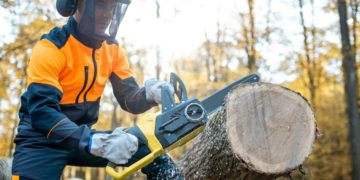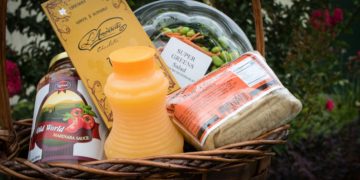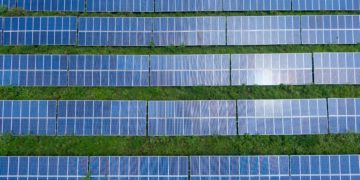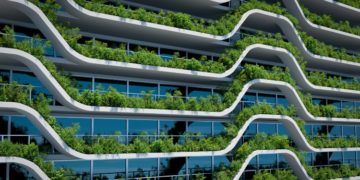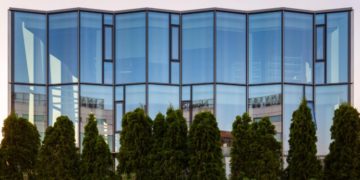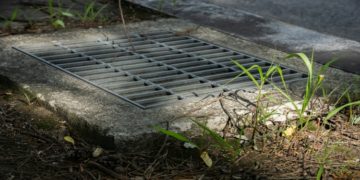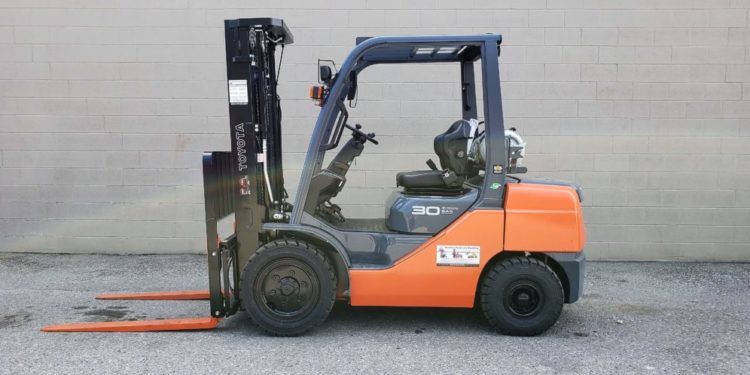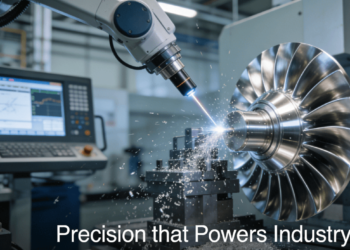Forklifts are essential in material handling operations, but not all forklifts are suited for every environment. Choosing the right forklift depends on several factors, including terrain, load capacity, maneuverability, and fuel type. Businesses must evaluate their needs to determine whether an indoor or outdoor forklift is best suited for their operations. Selecting the wrong type can lead to inefficiencies, increased maintenance costs, and safety risks.
This article explores the differences between indoor and outdoor forklifts, highlights their key features, and offers guidance on selecting the right model for your work environment.
Understanding Indoor Forklifts
Indoor forklifts are primarily designed for use in warehouses, distribution centers, and manufacturing facilities. These forklifts operate on smooth surfaces and are optimized for maneuverability and efficiency in confined spaces.
1. Key Characteristics of Indoor Forklifts
- Compact Size: Designed to fit in narrow aisles and tight warehouse spaces.
- Electric-Powered: Most indoor forklifts use electric batteries, eliminating exhaust emissions.
- Smooth Tires: Typically fitted with cushion tires, which work best on polished concrete floors.
- Lower Noise Levels: Electric models produce minimal noise, improving workplace conditions.
2. Advantages of Using Indoor Forklifts
- Zero Emissions: Ideal for enclosed environments where air quality is a concern.
- Lower Maintenance Costs: Electric forklifts have fewer moving parts than internal combustion models.
- Energy Efficiency: Electric-powered forklifts reduce fuel costs compared to gas or diesel alternatives.
- Maneuverability: Compact size and tight turning radius make them perfect for warehouses with limited space.
3. Limitations of Indoor Forklifts
- Limited Outdoor Use: Cushion tires and low ground clearance make them unsuitable for rough terrain.
- Charging Time: Electric models require downtime for battery charging, which may slow operations if not managed efficiently.
- Lower Load Capacity: While suitable for most warehouse tasks, they may not handle heavy-duty lifting required in outdoor settings.
Understanding Outdoor Forklifts
Outdoor forklifts are built for rugged environments, such as construction sites, shipping yards, and lumber yards. These machines are designed to withstand harsh weather conditions, rough surfaces, and heavy loads.
1. Key Characteristics of Outdoor Forklifts
- Larger and More Robust Design: Built to handle uneven terrain and heavier loads.
- Pneumatic Tires: Available in air-filled or solid rubber variations to provide better traction on rough surfaces.
- Internal Combustion Engines: Often powered by diesel, gasoline, or propane for longer operational runtime.
- Higher Ground Clearance: Prevents damage when navigating bumpy or sloped surfaces.
2. Advantages of Using Outdoor Forklifts
- Superior Performance on Uneven Terrain: Designed for gravel, dirt, and rugged landscapes.
- Higher Load Capacity: Can lift heavier and bulkier materials compared to indoor forklifts.
- Longer Operating Hours: Internal combustion engines eliminate the need for battery charging, allowing continuous use.
- Weather Durability: Built to withstand rain, wind, and extreme temperatures.
3. Limitations of Outdoor Forklifts
- Higher Maintenance Requirements: More moving parts and exposure to outdoor elements increase the need for frequent servicing.
- Increased Fuel Costs: Gas, diesel, and propane models require regular refueling, which adds to operating expenses.
- Less Maneuverability in Tight Spaces: Larger size and wider turning radius make them less suitable for confined areas.
- Noise and Emissions: Internal combustion engines produce noise and exhaust, making them unsuitable for enclosed environments.
Key Factors to Consider When Choosing a Forklift
Selecting the right forklift requires careful consideration of several operational factors. Businesses should evaluate the following aspects before making a decision.
1. Work Environment and Surface Conditions
- Smooth Concrete Floors: Best suited for electric forklifts with cushion tires.
- Gravel or Uneven Ground: Requires pneumatic tires and robust suspension.
- Outdoor Exposure: Internal combustion forklifts perform better in extreme weather conditions.
- Warehouse Space: Narrow aisles necessitate compact models with tight turning capabilities.
2. Load Capacity Requirements
- Light to Medium Loads: Indoor electric forklifts typically handle loads up to 5,000 lbs.
- Heavy-Duty Lifting: Diesel or propane forklifts offer higher lifting capacities for outdoor applications.
- Material Type: Fragile items require stability, while bulk materials need heavy-duty lifting power.
3. Fuel Efficiency and Operating Costs
- Electric Forklifts: Lower long-term operating costs due to reduced fuel consumption and maintenance.
- Diesel/Gasoline Forklifts: Higher fuel costs but better suited for continuous heavy-duty operations.
- Propane Models: Offer a balance between efficiency and power but require proper ventilation.
4. Maintenance and Longevity
- Electric Forklifts: Require battery maintenance but have fewer mechanical parts, leading to lower long-term servicing costs.
- Internal Combustion Forklifts: Need regular engine maintenance, oil changes, and fuel system inspections.
- Tire Longevity: Pneumatic tires wear faster on rough terrain, while cushion tires last longer on smooth floors.
Hybrid Forklift Options: The Best of Both Worlds?
Some businesses require forklifts that can operate efficiently in both indoor and outdoor environments. Hybrid forklifts offer a versatile solution for mixed-use applications.
1. Semi-Rugged Electric Forklifts
- Designed for both warehouse and light outdoor use.
- Equipped with solid pneumatic tires for better traction on mixed surfaces.
- Can operate in sheltered outdoor areas without fuel emissions.
2. Dual-Fuel Forklifts
- Run on both gasoline and propane, allowing flexibility based on fuel availability.
- Suitable for businesses that require occasional indoor operation without sacrificing outdoor performance.
- Lower emissions than diesel models while maintaining high power output.
3. All-Terrain Forklifts
- Specialized for extreme outdoor conditions such as agriculture, logging, and military applications.
- Built with reinforced frames, oversized tires, and enhanced stability features.
- Not practical for indoor warehouse use but essential for rugged industries.
Making the Right Choice for Your Business
Selecting the right forklift depends on the specific needs of your operation. Businesses should conduct an assessment of their environment, material handling requirements, and cost considerations before making a purchase or rental decision.
Questions to Ask Before Choosing a Forklift:
- Where will the forklift be used most frequently?
- What type of materials will it handle?
- Is fuel cost a significant factor in the decision?
- Will the forklift operate in extreme weather conditions?
- Are emissions and noise levels a concern?
Businesses looking to optimize their material handling operations should partner with a trusted equipment provider to ensure they choose the best forklift for their needs. Tri-Lift Industries, Inc offers expert guidance on selecting the right forklift model, ensuring efficiency, reliability, and cost-effectiveness for any work environment.
Conclusion
Choosing between an indoor and outdoor forklift is a crucial decision that impacts efficiency, safety, and operational costs. While indoor forklifts are designed for compact spaces with smooth floors, outdoor models excel in rugged conditions with higher load capacities. Hybrid options provide flexibility for businesses operating in mixed environments. By assessing worksite conditions, fuel efficiency, and maintenance requirements, companies can invest in the best forklift for their needs. With expert support from Tri-Lift Industries, Inc., businesses can make informed decisions that enhance productivity and long-term profitability.











